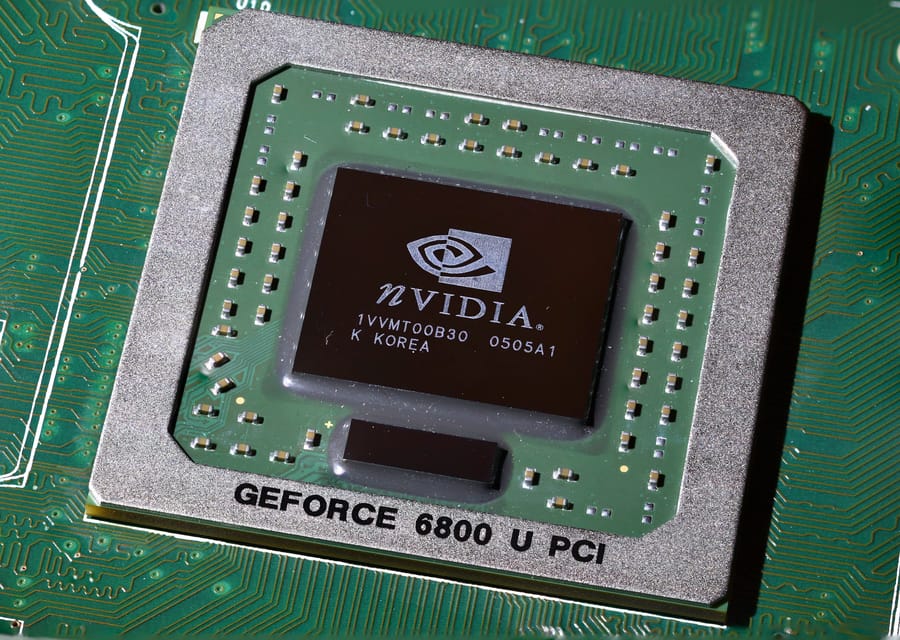The HUN-REN Cloud organized an online workshop on February 19, 2025, responding to the growing demand for efficient and scalable computing capacity in artificial intelligence development. The workshop demonstrated how researchers can leverage multiple GPU resources simultaneously in cloud-based infrastructure.
At the event, experts from HUN-REN SZTAKI, including Péter Kacsuk, Róbert Lovas, Márk Emődi, and Konrád Bánfi, presented the operation of the Slurm Workload Manager and the efficient use of GPU-based computing resources. The poltextLAB team also participated in the event to learn about possibilities that can be applied in social science research. One of the most important topics of the event was the update of the HUN-REN Cloud infrastructure, which enables the simultaneous, intensive use of multiple GPU resources in two modes: real-time interactive work and pre-configured runs. The system is based on the transition between IaaS (Infrastructure as a Service) and PaaS (Platform as a Service), which provides more efficient resource utilization.
During the presentations, speakers demonstrated the role of the SLURM (Simple Linux Utility for Resource Management) scheduling system in distributing GPU resources, which is the most popular in Linux-based HPCs, as well as the Singularity container-based environment that enables running isolated and pre-created environments. The new system supports two main job types: interactive (Jupyter) mode with a maximum runtime of 7 days and batch mode with a maximum runtime of 24 hours, allowing researchers to maximize the use of GPU capacities. During the workshop, participants learned about the system's 13 TB storage capacity, the 100 GB quota available per user, and the upcoming public dashboard that provides real-time insight into resource utilization. Optimizing the HUN-REN Cloud GPU capacity can significantly advance AI-based social science research. With the development of cloud-based computing systems, researchers can work increasingly faster and more efficiently on projects built on artificial intelligence.
Sources:









